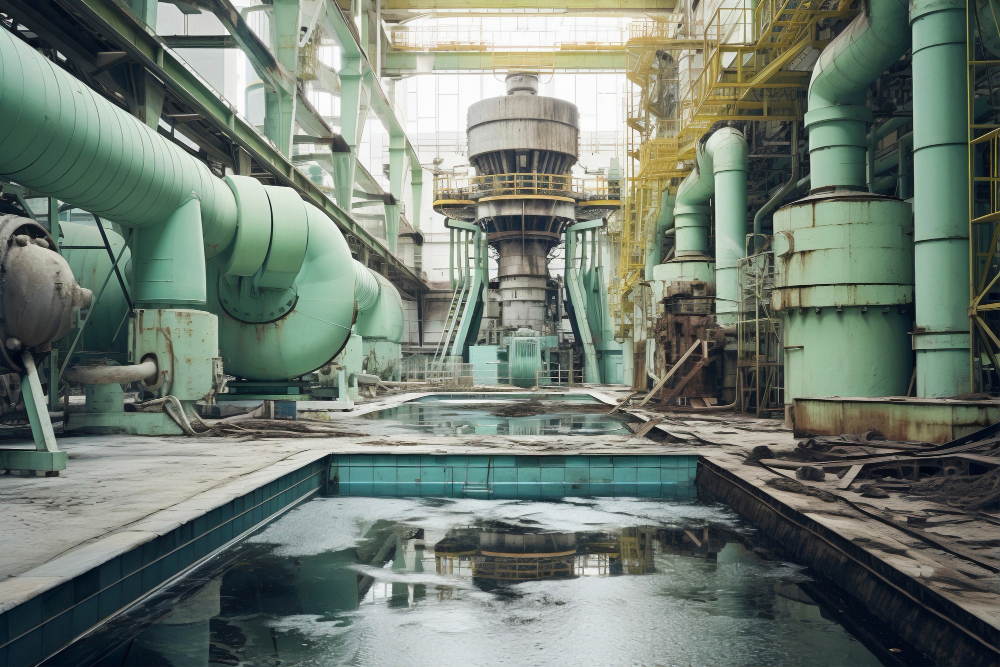Poly Aluminium Chloride, often abbreviated as PAC, is a vital component in water treatment. Comprising aluminium, chlorine, hydrogen, and oxygen, this acidic solution is alternatively known as PAX or Polyaluminium Hydroxide Chloride Sulphate Solution, and it typically appears as a clear to slightly yellow liquid.
Poly Aluminium Chloride (PAC) plays a crucial role in water treatment due to its distinctive features, particularly its adept neutralization of colloidal particles. This property establishes favorable conditions for the chemical coagulation of particles, inducing the instability of colloidal particles. Gentle stirring of the solution provides the necessary time for particle coagulation and eventual flocculation.
In the sedimentation pond, solid particles agglomerate and undergo separation through sedimentation as water passes through. The optimal performance range of poly aluminum chloride in water treatment occurs at a pH between 5 to 9, with the most suitable range being neutral pH, specifically between 6.5 to 7.6. Through the generation of hydroxyl ions and polyvalent anionic polymers, this substance prompts the formation of electrically inorganic molecules and macromolecules in water, leading to the coagulation and flocculation of suspended particles.
Coagulation and Flocculation Process
The disintegration process with a flocculation agent such as poly aluminium chloride, tackle varied issues such as reduce the excess materials found in the water body, water material, or wastewater such as suspended solid, colloidal particles, and diverse solutions. Particles of colloidal system, ranging from 1 to 100 nanometers in size, present a challenging task due to their charged nature, making complete extraction difficult.
Aluminum dichloride, also known as PAC, alleviates this concern by actively tinkering with the clots and electrically charging them, enabling them to bond.
Advantages of Poly Aluminium Chloride in Water and Wastewater Treatment

Industries have long favored poly aluminum chloride for municipal water, wastewater, and industrial effluent treatment due to its composition of aluminum ions, typically in the form of Aluminium Sulfate. The use of PAC is notable for its availability, cost-effectiveness, and various advantages, including increased power in removing water turbidity, a wide pH range of action, cost-effectiveness compared to aluminum sulfate, no alteration in the chemical composition of water, and the ability to lower pH in water with lower alkalinity. Obtain a high-quality PAC for your wastewater plant industries with the best deal in ChemTradeAsia.
Conclusion
In conclusion, poly aluminium chloride stands as a vital inorganic compound in the form of a yellow solid powder, playing a pivotal role in the water and wastewater treatment industries. The ongoing consideration by researchers for methods and materials enhancing the efficiency of water and wastewater treatment underscores the paramount importance of hygiene in this domain.

Leave a Comment